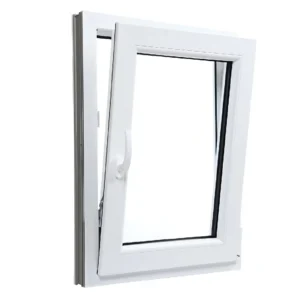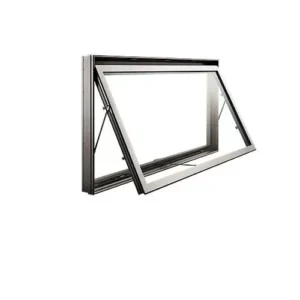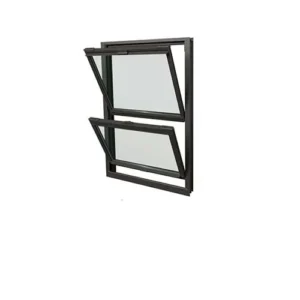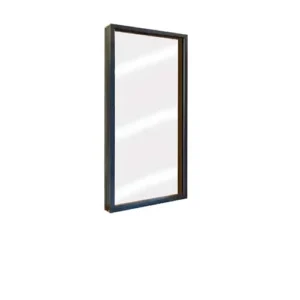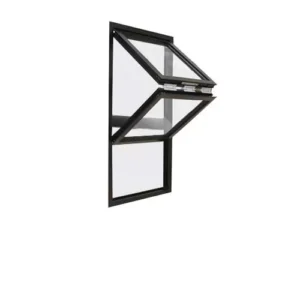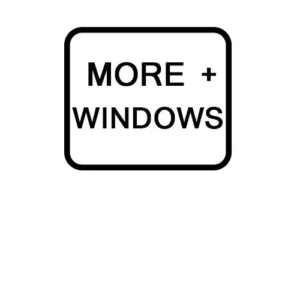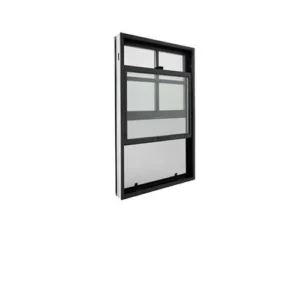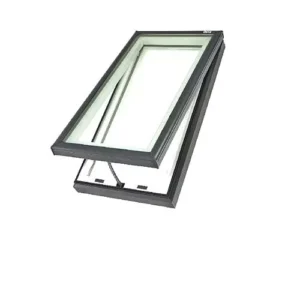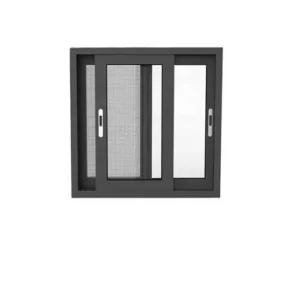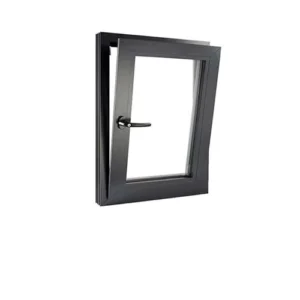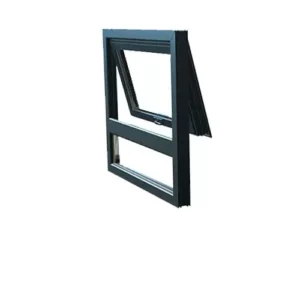ABOUT Tilt And Turn Window FAQ
Tilt-and-turn windows operate via a single handle for dual functionality.
- Tilt Mode: Rotate the handle 90° upward to tilt the top sash inward at 10–15°, enabling secure airflow while maintaining security.
- Turn Mode: Rotate the handle 180° to swing the sash fully inward via side hinges, allowing maximum ventilation, easy cleaning, and emergency egress.
- Lock the window by returning the handle to the 0° position.
Enhanced security comes from multi-point locking systems that secure the window at multiple frame points when closed or tilted, deterring forced entry more effectively than casement or sliding windows. Optional tilt-restrictor arms limit opening angles for child safety.
Engineered with triple glazing, thermal-break frames, and high-performance seals, these windows achieve ultra-low U-values (as low as 0.15 W/m²K), surpassing standard North American designs and meeting Passive House standards. Their airtight seals minimize heat loss and drafts, reducing energy costs.
- Frames: Choose uPVC, aluminum, wood, or composite for varying balance of cost, insulation, and aesthetics.
- Glazing: Select double/triple glazing, acoustic glass, solar-control coatings, or tinted glass for UV protection and privacy.
Standard sizes range from 20″×20″ to 8′×5′, with custom options for larger spans. Professional installation is recommended for windows over 6 ft to ensure structural integrity and smooth operation.
- Lubricate hinges and locks annually with non-acidic oil to prevent wear.
- Clean frames and seals with mild detergent; inspect and replace damaged gaskets or glazing beads to maintain airtightness.
The full-turn inward opening meets building codes for bedroom egress, providing a safe exit during emergencies.
Proper installation requires level framing, weather-barrier integration, and shimming to align the frame. Perimeter sealing with flashing tape and manufacturer-recommended anchoring prevent leaks and ensure durability.
- Misalignment: Adjust hinge pins to realign the sash.
- Stuck Tilt: Reset locking cams by repositioning the handle.
- Drafts: Replace worn seals or glazing beads. Most repairs require basic tools.
Superior to single-hung windows in airtightness and energy efficiency, and outperform sliding windows with full ventilation access and emergency egress. Advanced hardware justifies higher upfront costs through long-term comfort and savings.


